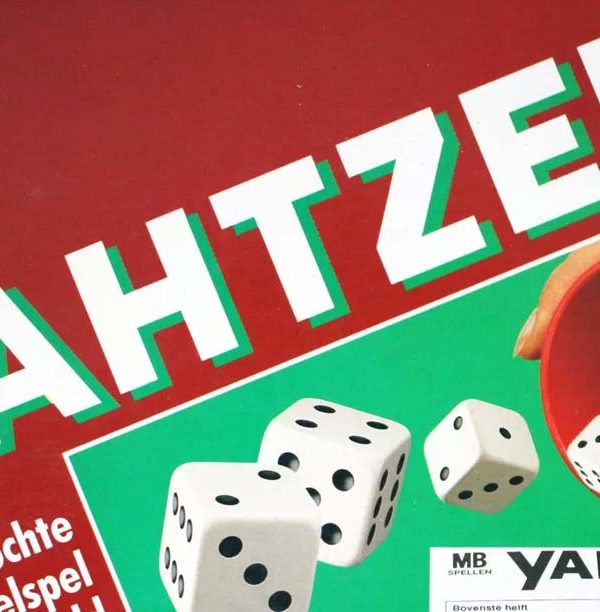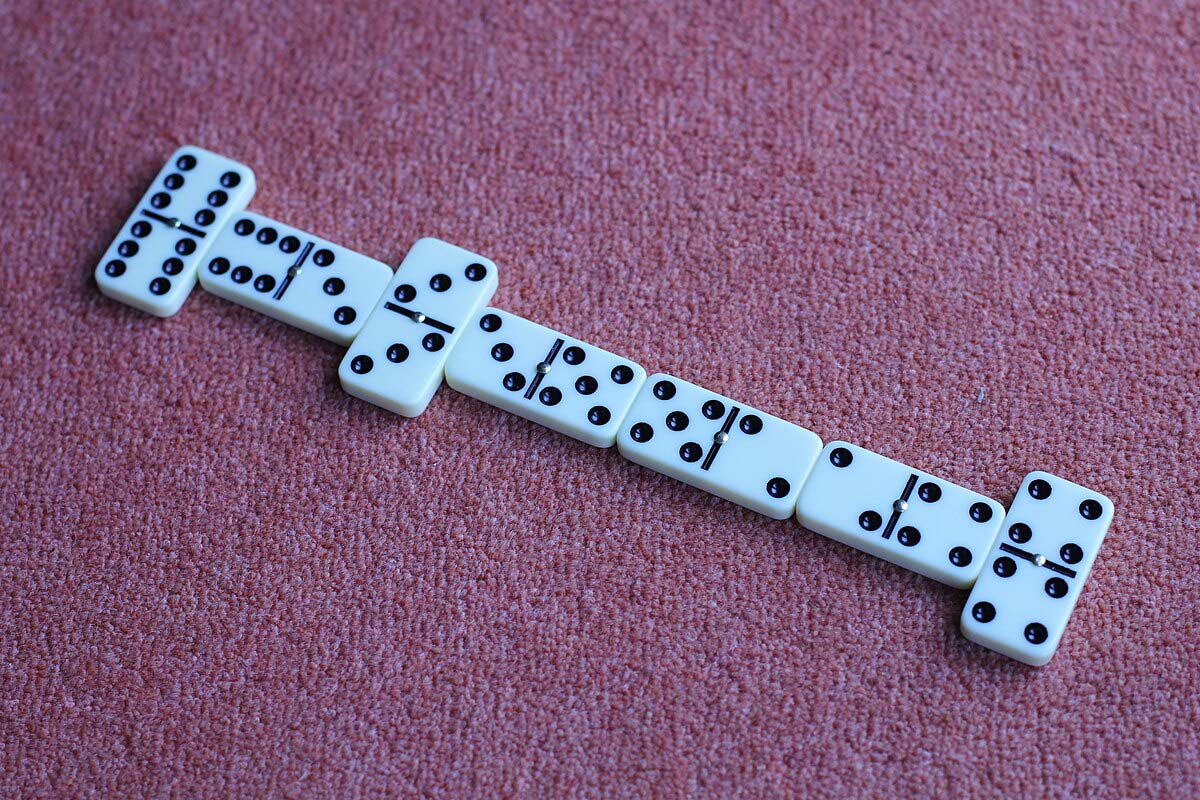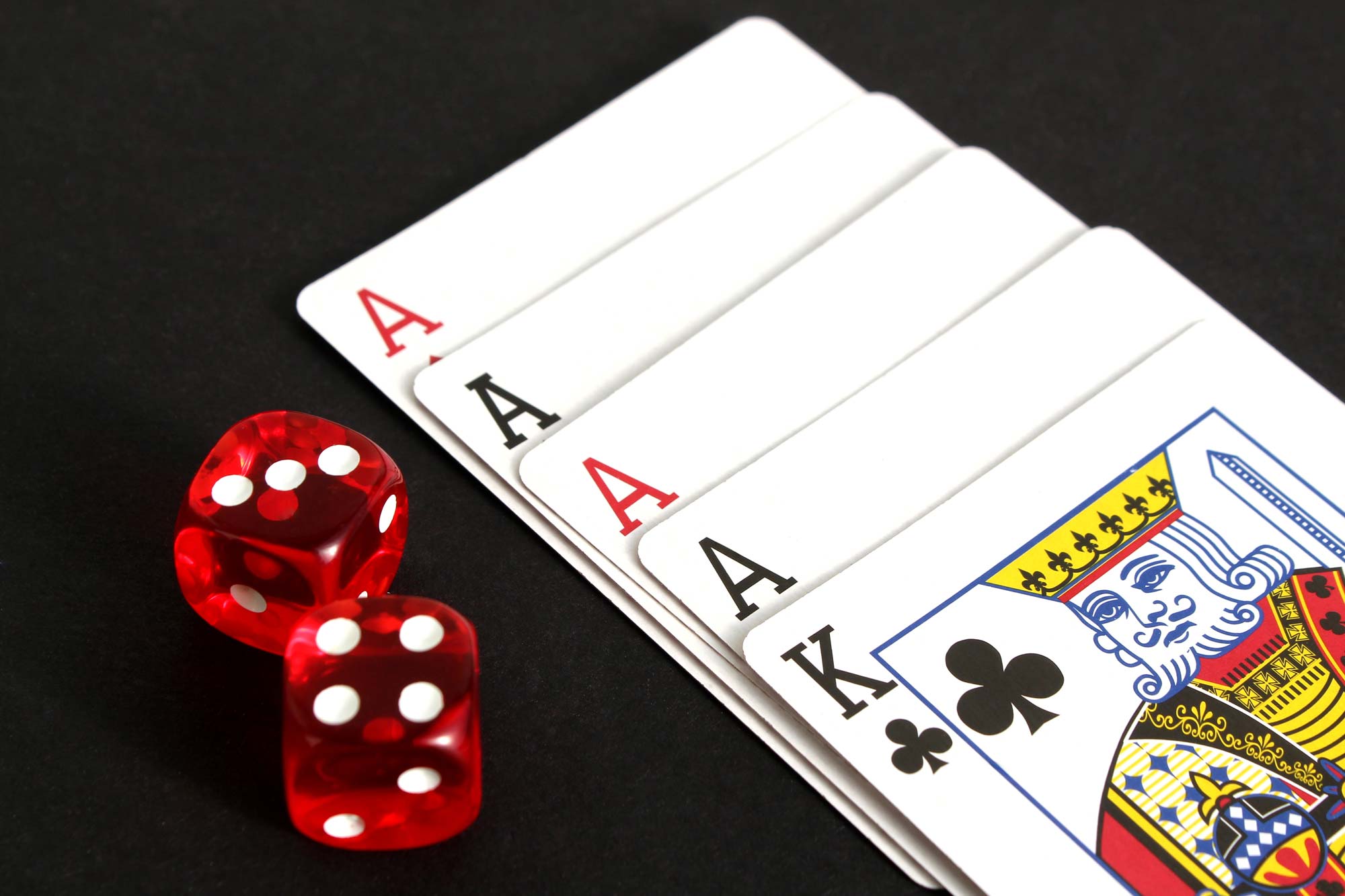
Picture a game where each roll of the dice brings you closer to victory or disaster, a game that’s as easy to pick up as it is hard to put down. Welcome to Pig, a classic dice game that has entertained generations with its blend of luck and strategy. Whether you’re sitting around the campfire or gathered at the kitchen table, Pig is the perfect game for any occasion. Ready to roll the dice? Let’s dive into the world of Pig.
Country of Origin: United States
Date of Origin: Early 20th century
Regions popular in: Worldwide
Family: Dice games
Also Known As: Skunk, Hog
Variants: Big Pig, Two-Dice Pig, and Pass the Pigs
Game Rules
Objective of the Game
Be the first player to score 100 points or more.
Number of Players: 2 or more (recommended 2-6)
Dice Information: One six-sided die
Setup
Each player takes turns rolling a single die. Players can continue to roll as many times as they wish during their turn, adding the total of each roll to their score.
Basic Gameplay
On a player’s turn, they roll the die repeatedly, each time adding the roll’s value to a running total for that turn. A player may choose to end their turn and bank their total points for that round, or risk rolling again. If a player rolls a 1, they score nothing for that turn and their turn ends immediately.
Winning Conditions
The first player to accumulate 100 or more points wins the game.
Key Terms
Bank: Choosing to end a turn voluntarily and add the running total to the player’s overall score. Pig Out: Rolling a 1, which results in losing all points for that turn and ending the turn. Running Total: The total points accumulated during a single turn, before being banked.
Strategy and Tips
Pig may seem simple, but it’s a game of risk and reward. The key is knowing when to bank your points and when to keep rolling. Play conservatively early in the game to build a solid base, and take calculated risks as you approach the finish line. Pay attention to your opponents’ scores and adjust your strategy accordingly. Remember, sometimes it’s better to play it safe and secure your lead rather than risk it all for a few extra points.
Historical Background
The origins of Pig are relatively modern, with the game believed to have been developed in the early 20th century in the United States. Its simplicity and excitement have made it a popular choice for family gatherings and casual play. Over the years, various versions and variants have emerged, each adding new twists to the classic game.
Popularity and Cultural Impact
Pig’s appeal lies in its straightforward rules and fast-paced gameplay. It’s a game that can be played anywhere, with minimal equipment and setup required. Its accessibility makes it a favorite for all ages, from young children to adults. Pig has also found its way into educational settings, where it’s used to teach basic arithmetic and decision-making skills. The game’s versatility and fun make it a timeless classic.
Legends and Funny Stories
Pig is full of memorable moments and amusing tales. One legendary story involves a player who managed to roll consecutively without pigging out, amassing an impressive score in a single turn. Another tale tells of a group who decided to play with oversized dice, adding a comedic twist to the game. These stories and many more add to the charm and excitement of Pig, making every game a potential legend.
Conclusion
Pig is more than just a game—it’s a test of nerve, strategy, and the thrill of the unknown. Whether you’re a seasoned player or new to the game, the excitement of each roll and the joy of strategic decision-making make Pig a timeless favorite. So, gather your friends, grab that die, and get ready for an unforgettable game of Pig. Remember, every roll brings a new chance for victory and excitement. Let the good times roll!














